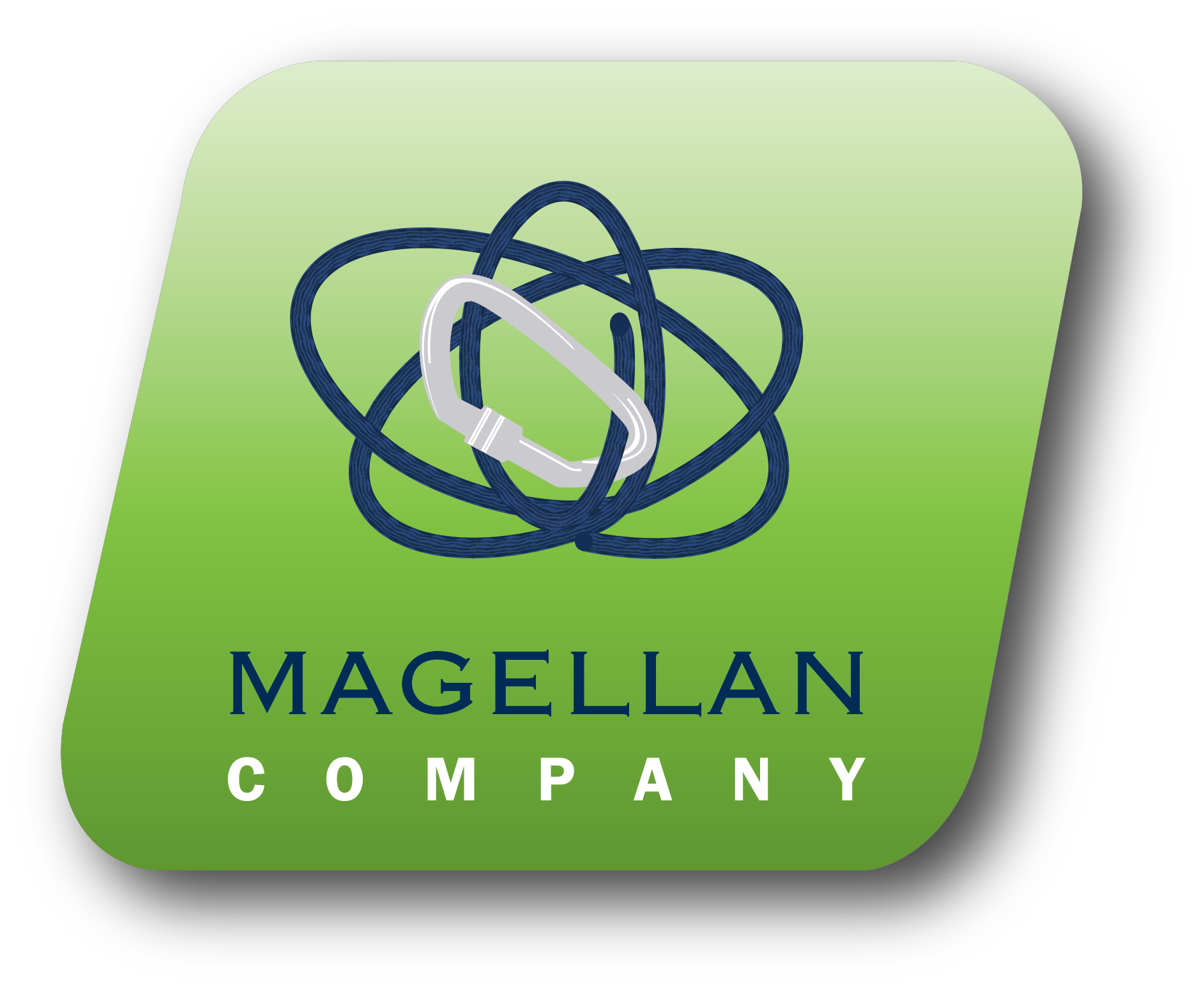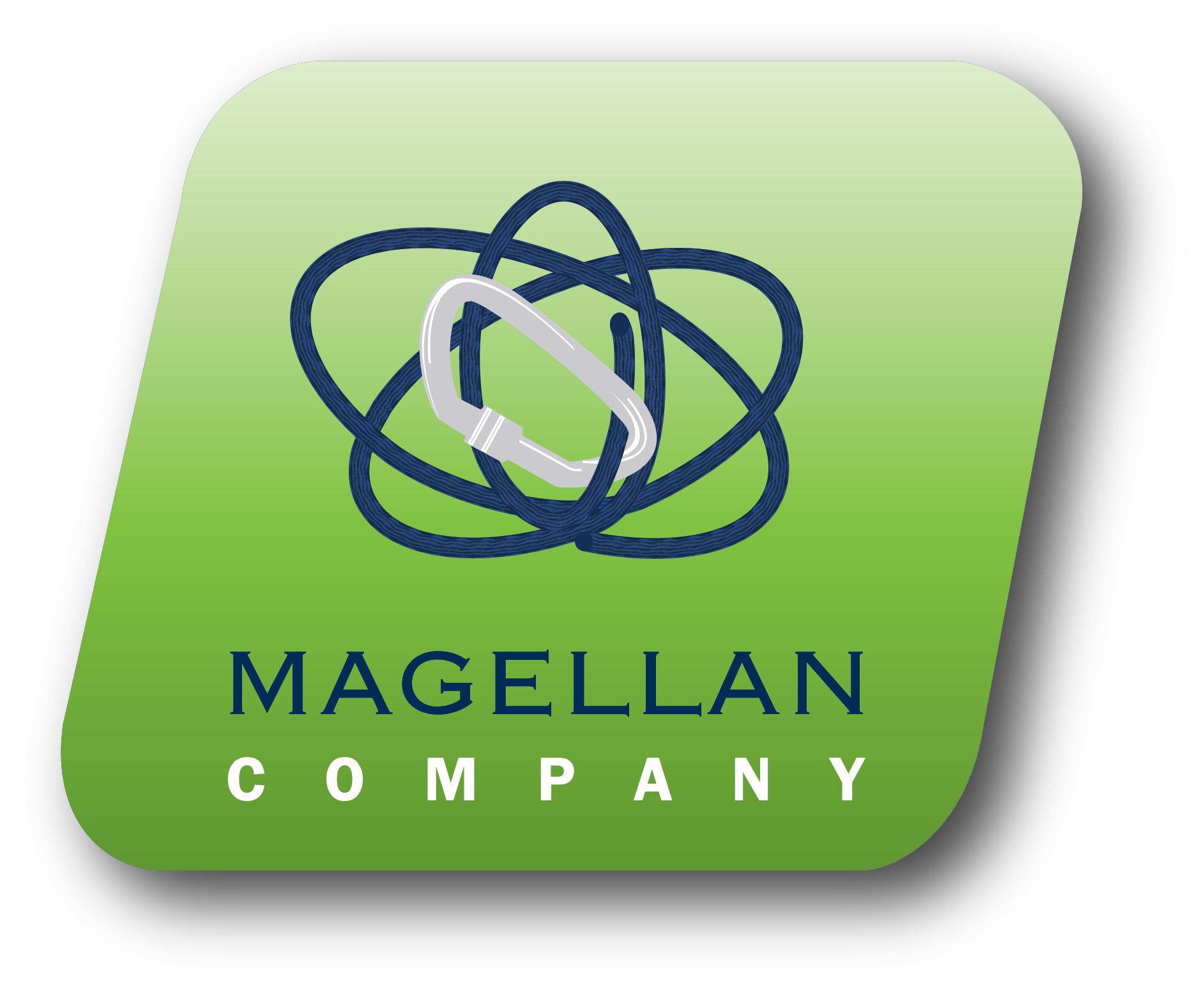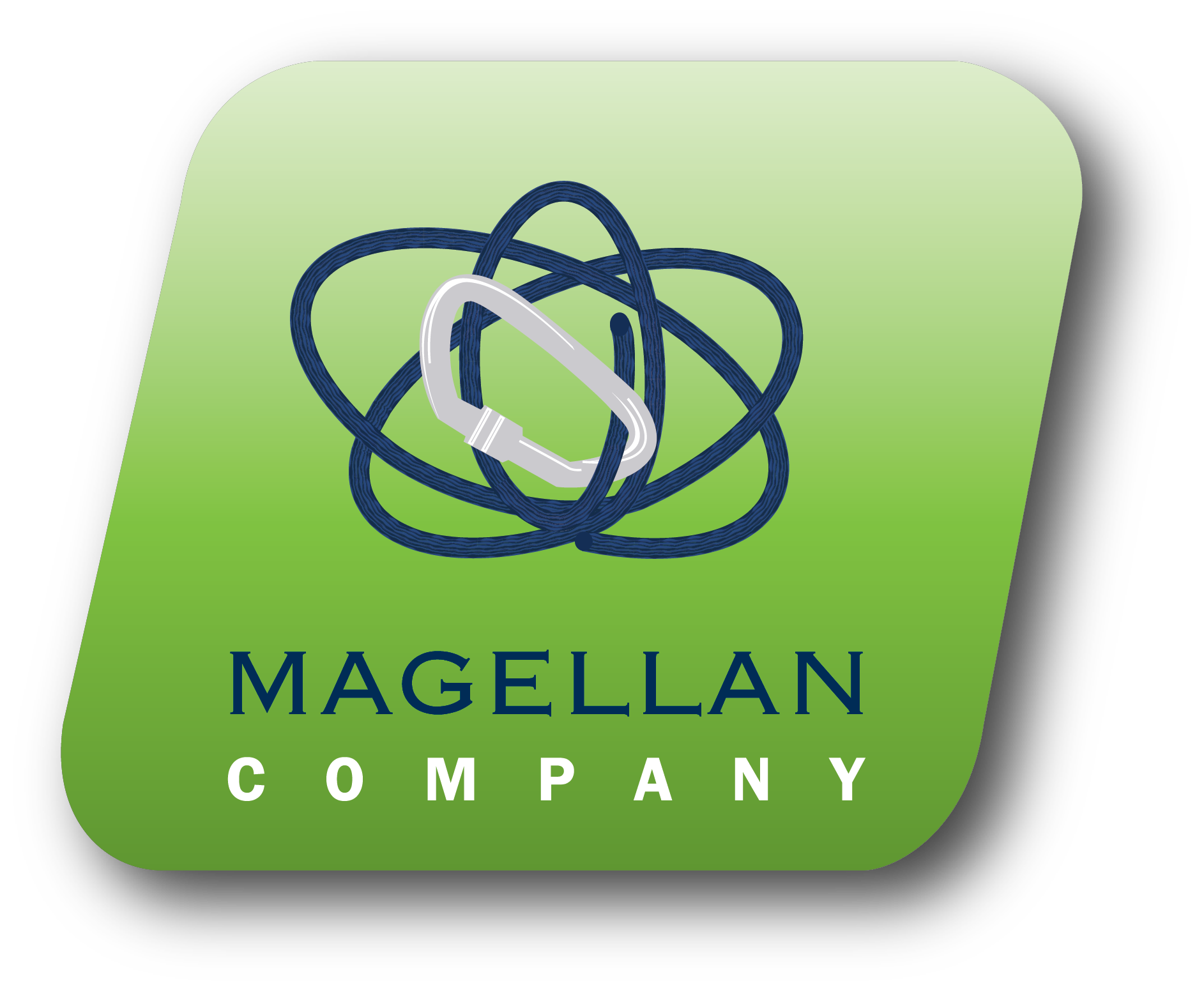Title Page
-
Document No.
-
Audit Title
-
Client / Site
-
Conducted on
-
Prepared by
-
Location
-
Personnel
-
Site name and address
-
Date that SWMS was amended
-
Name of person and Company completing these SWMS
-
Job that is to be undertaken
-
-
1) Job Step; Check site prior to work commencing for clear access to roof and work areas Potential Hazard; Check for debris or waste material left laying on ground. class risk 3 Controls; All workers to complete on site inductions prior to work commencing Report where and when applicable, hazards identified and requiring action / control methods. Seek consultation with site management, if required, for rectification procedures before commencing works. Position of or staging of works to be considered when assessing cold or hot conditions. class risk 3 All employees to assess
-
2. Job Step; Locate designated and or adequate anchorage for each drop Hazard; Anchorage failure resulting in a fall class risk 1 Controls; Check up to date certification of all anchor points. Building structures used for anchor points are to be assessed by a suitably competent person. class risk 3 All employees to assess
-
3) Job Step; Check certification for specific abseil anchors and Height Safety System requirements Hazard; Inadequate access and rigging system installation class risk 1 Controls; Perform thorough visual and manual inspections along with functionality tests of equipment and each component accordingly prior to first use. class risk 3 All employees to assess
-
4) Job Step; Set up safe system of working and safety lines where required for positioning of each worker to required areas and at all fall hazard areas Hazard; Slipping & falling from the perimeter. class risk 1 Controls; Use of PPE – Industrial rated full body harness and helmet suitable for abseil. Industrial rated rigging devices, abseiling rope and equipment must be used in accordance with AS4488 Industrial Rope Access Systems Use of harness and ropes and fall arrest devices as necessary Use a harness & attach anchors at all times when accessing & traversing the roof near the edge and or at potential fall hazard areas. Ensure all ropes are free of knots and tangles Ensure all ropes used for descending reach the ground or areas below Ensure all ropes are fitted with stopper knots at least 2m from the ends class risk 3 All employees to assess
-
5) Job Step; Set up height safety system of safety lines where required for positioning of each worker at building perimeter Hazard; Slipping & falling from the perimeter. class risk 1 Controls; Use of PPE – Industrial rated full body harness. Industrial rated rigging devices, Use of harness and ropes and fall arrest devices as necessary Use a harness & attach anchors at all times when accessing & traversing near the edge and or at potential fall hazard areas. Ensure all ropes are free of knots and tangles Ensure all ropes are fitted with stopper knots at least 2m from the ends Installation of fall arrest points for attachment of workers at level 17 in accordance with AS1891 Industrial Fall Arrest Systems Class risk 3 all employees to assess
-
6) Job Step; Provide independent rigging lines for lifting and suspending materials Hazard; Falling materials/equipment. Manual handling resulting in strains, sprains and injuries. class risk 2 Controls; Refer to Safe Lifting Technique guidelines as attached for manual lifting Use team lifting where necessary Cordon off area below as necessary Ensure lifting capacity of all components is adequate and in good working order Ensure set up and operation of davit arm systems is adequate for each task and as supervised by consulting engineer Class risk 2 All employees to asssess
-
7) Job Step; Provide all hand tools and equipment with lanyards attached All Rigging and hoisting equipment suspended outside of building perimeter to be securely attached to main system. Hazard; Dropping equipment and materials Improper use of equipment causing bodily injury. Class risk 1 Controls; Ensure lanyards are securely attached to equipment and taped in position Observe safety procedures when operating equipment. Lanyards to be used at all times when a fall from height is possible All rigging and hoisting equipment to be securely fastened to suspension system and checked by consulting engineer prior to first use Class risk 3 All employees to assess
-
8) Job Step; Provide adequate protection to ropes when running over edges. Hazard; Cuts and damage to ropes causing failure and breakage. Class risk 2 Controls; Apply heavy duty rope protectors secured around all ropes where friction and or abrasive edges are present. Class risk 3 All employees to assess
-
9) Refer to attached Rope Access Harness Area Checklist before proceeding . This Checklist is to be completed each time a new location / floor level / anchorage system is used. All employees to take part in assessment
-
10) Job Step; Attach to safety lines and working lines with approved self-locking descending devices. Hazard; Falling from edge. Class risk 2 Controls; Ensure that worker are certified and have received necessary training each piece of equipment, Ensure plant and equipment to be used was properly checked and maintained to avoid breakdown during operation. Class risk 3 All employees to assess
-
11) Job Step; Commence works whilst maintaining visual contact with fellow abseilers and if necessary communication via two way radios with workers at the building. Hazard; Falling from height. Class risk 2 Controls; Ensure staff are suitable trained in Industrial Rope Access techniques in accordance with requirements for safe work practices under Industrial Rope Access Trade Association International Guidelines Ensure at least 2 or more staff are trained and certified in the rescue and retrieval procedures for Industrial Rope Access as per IRATA recommendations and guidelines Ensure designated rescue and retrieval rigging and equipment is provided and in position for use should it be required in an emergency. Such designated rescue equipment must not be used for general rigging and or for carrying out normal work activities Additional emergency procedures should also be followed as outlined below. Class risk 3 All employees to assess
-
12) Job Step; Carry out tasks via rope access and hauling systems as required. Hazard; Falling from height Falling materials Cuts abrasions Manual handling. Class risk 2 Controls; Conduct continual buddy checks of each workers rigging and working procedures Conduct routine checks of all equipment and lanyards for fatigue and breakages Ensure each worker has adequate equipment in number and suitability for tasks at hand. Wearing of gloves, eye protection and hearing protection. Class risk 3 All employees to assess
-
13) Job Step; The Task to be carried out. hazard; Dropping of materials Exposure to high winds. Class risk 1 Controls; Ensure that the workers carrying out task is competent with safe work methods and procedures and carries out tasks under instruction from Supervisor Ensure all materials are transported securely. Barricade or bunt enough area where the work will take place Barricade areas below identified as the drop zone to prevent people walking beneath abseilers. Use a secondary fall arrest system to contain and to support heavy materials independently if required. Ensure all hand tools, abseil rigging equipment have lanyards attached and are secured independently at all times. Materials to be secured in carry bags and / or with lanyards Monitor wind speed and direction constantly to avoid damage to materials and personnel Provide adequate protection to glass sections during operations. All tasks to be carried out via abseil using certified anchor point system. All tasks to follow procedures outlined above prior to commencement. Class risk 3 All employees to assess
-
14) Job Step; Removal of our excess material and tools on completion and leave site clean and tidy. Hazard; Lifting. Class risk 2 Controls; Refer to Safe Lifting Technique guidelines as attached. Class risk 3
-
Any further notes or additions to the above SWMS
-
Date of SWMS review
-
I have read and understood SWMS
-
I have read and understood SWMS
-
I have read and understood SWMS
-
I have read and understood SWMS










